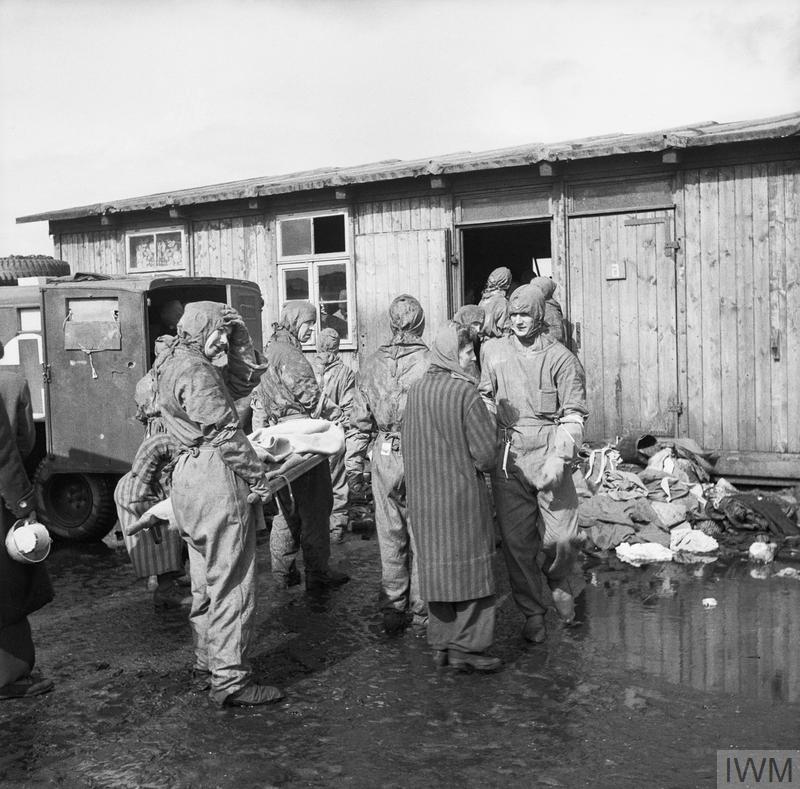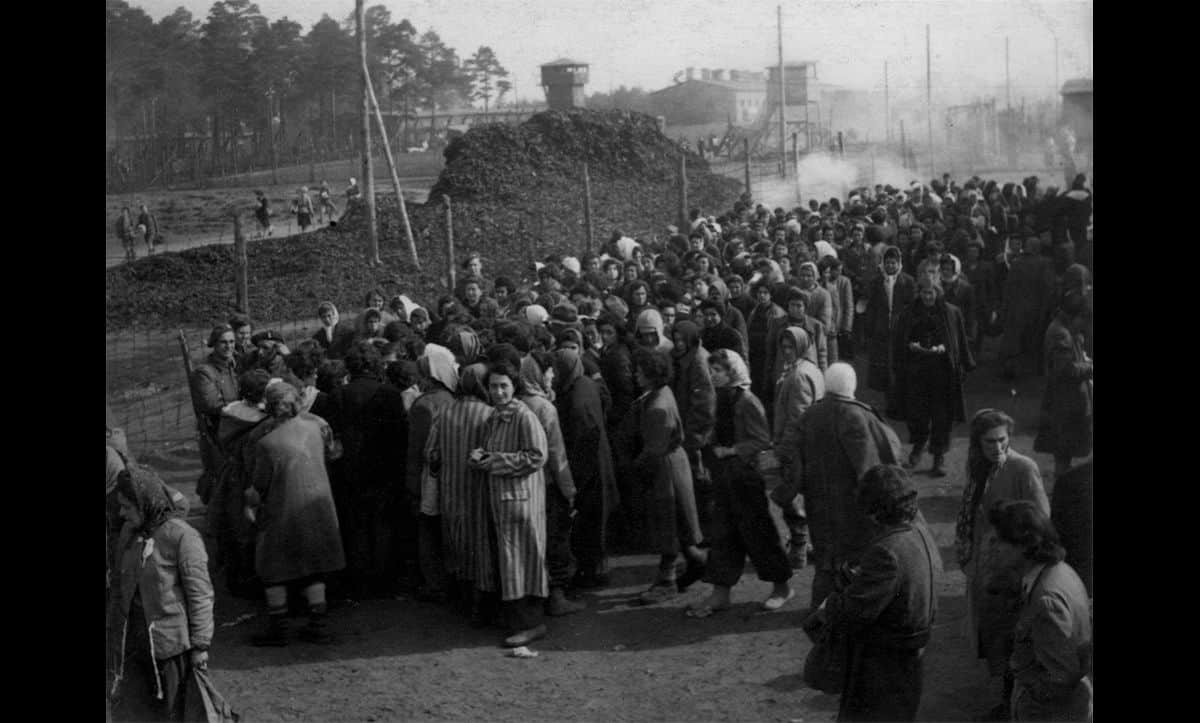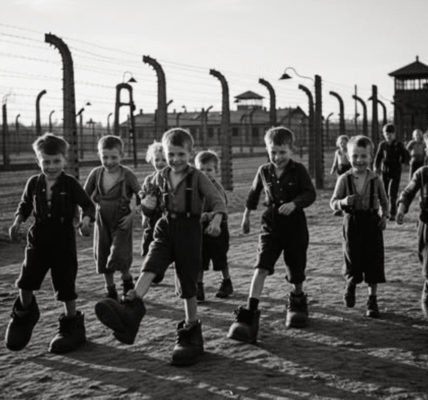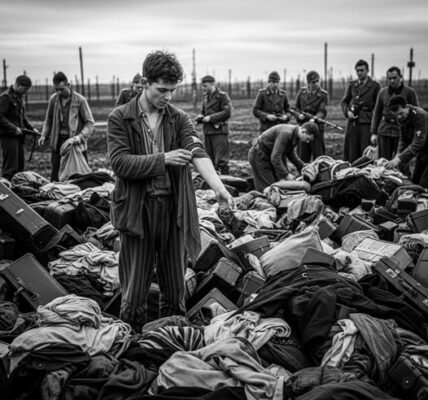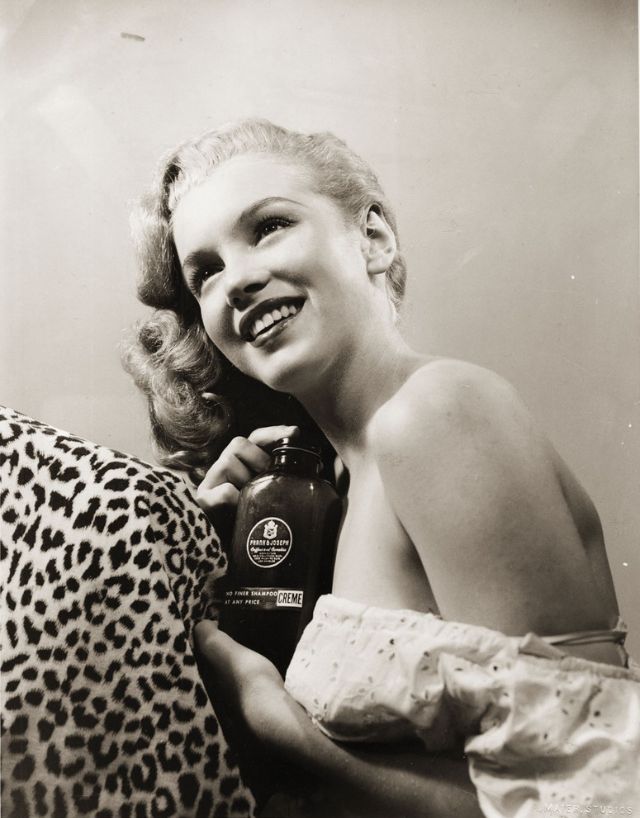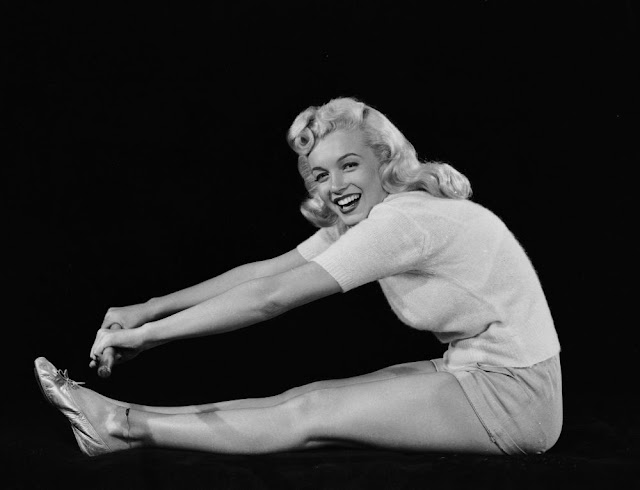The Silent Hug — Bergen-Belsen, 1945
The war was nearly over, but for those inside Bergen-Belsen, time seemed frozen. The world beyond the barbed wire had moved toward victory and liberation, yet within the camp, death still walked freely. When British soldiers entered the camp on April 15, 1945, they were confronted not with enemy fire, but with silence—broken only by the moans of the dying, the shuffle of skeletal feet, and the eerie stillness of thousands who had perished.
Among the chaos of liberation, amid the mass graves and the unbearable stench of typhus, two survivors found each other. They had no words left to give. Speech had been eroded by hunger, disease, and grief. But what remained was an instinct older than language itself: the need to hold, and to be held.
They collapsed into each other’s arms, their bodies frail and trembling, yet their embrace stronger than steel.
Bergen-Belsen was never built as an extermination camp like Auschwitz or Treblinka. But by 1945, it had become a death camp nonetheless. Overcrowded with tens of thousands of prisoners evacuated from other camps as the Nazis retreated, it turned into a breeding ground for disease and starvation. Typhus, tuberculosis, and dysentery spread uncontrollably.
The British who entered the camp found 60,000 prisoners alive but barely clinging to existence, and another 13,000 corpses strewn unburied across the grounds. For those who survived, liberation was not an end to suffering but the beginning of a long, uncertain path back to life.
And yet, in that desolate place, two people discovered a moment of indescribable intimacy: the silent hug.
A soldier standing nearby would later record the scene in his journal:
“Their silence spoke more than any words — it was the language of survival.”
The embrace carried everything language could not: grief for those who were lost, gratitude for still being alive, terror of the memories that would never leave, and a fragile hope that perhaps tomorrow would bring something more than despair.
The two survivors did not need to exchange words. Their touch was enough. It was the affirmation that they were not alone.
In Holocaust remembrance, we often speak of numbers: six million Jews murdered, millions of others persecuted — Roma, Poles, Soviet prisoners of war, disabled individuals, political dissidents. But behind every statistic was a human being, and behind every human being was a story of loss, endurance, and, sometimes, survival.
The hug at Bergen-Belsen reminds us that survival was not just physical. It was emotional. It was spiritual. To survive the Holocaust was not simply to live another day — it was to reclaim fragments of humanity in the face of a system designed to erase it.
Historians remind us that resistance during the Holocaust was not always about armed uprisings. It was also about surviving another day. It was about mothers singing lullabies to their children in the barracks, prisoners secretly sharing bread with one another, and survivors clinging to loved ones even when death seemed certain.
The silent hug was one such act of resistance. In holding each other, the survivors were declaring: You did not succeed. We are still here. We still feel. We still love.
The British soldiers who liberated Bergen-Belsen were unprepared for what they saw. Hardened by years of combat, many wept openly at the sight of skeletal figures stumbling toward them. In interviews and diaries, soldiers often admitted that the camp was the most haunting memory of their service.
One soldier recalled how survivors, too weak to cheer, would simply reach out to touch his sleeve, as if to make sure he was real. Another described the unbearable weight of distributing food carefully, knowing that too much at once could kill the starved.
But amid the horror, the sight of two survivors locked in an embrace gave them something else to carry home: a reminder that humanity could still endure even after being dragged to the brink of annihilation.
Over the decades, the story of Bergen-Belsen has been told through photographs, testimonies, and memorials. But it is the small, intimate details — like a hug — that stay with us.
Why? Because they are universal. We may not all know what it means to face starvation, disease, or genocide. But we all know what it means to need someone’s arms around us.
That hug, silent as it was, became a symbol of resilience. It testified that even after the darkest night, the human spirit yearns for connection.
For those searching Bergen-Belsen survivor stories, Holocaust liberation accounts, human resilience under oppression, or acts of compassion in war, this story stands out as a timeless example. It reminds us that memory is not only about recounting horrors but about preserving the moments of humanity that managed to shine through.
In the context of Holocaust remembrance education, such stories ensure that younger generations understand not only the scale of destruction but also the endurance of the human spirit.
For survivors, healing often began with moments like this. The embrace was not only about relief at being alive but also a recognition of shared suffering. Trauma isolates, but memory shared — even wordlessly — creates community.
In the years after liberation, many survivors spoke about how difficult it was to find words. Silence often followed them into their new lives. But gestures — a hug, a hand held — spoke volumes.
Today, when visitors walk through the memorial at Bergen-Belsen, they are struck by the silence. The grounds are empty of barracks; the physical structures are gone. What remains are the mass graves, the memorial stones, and the stillness.
In that silence, one can almost feel the echo of the hug — two frail survivors clinging to each other in a world that had tried to erase them.
The hug reminds us that remembrance is not just about history. It is about humanity. It is about how we treat refugees, the persecuted, and the marginalized in our own time. It is about recognizing the power of human connection in the face of cruelty.
The silent hug at Bergen-Belsen was not just an embrace between two survivors. It was an embrace of life itself. It was a rejection of despair and a declaration of hope.
The soldier who bore witness to that moment understood its power: silence, when shared in love, can speak louder than any words.
And so the embrace lives on — in memory, in testimony, and in our responsibility to carry its meaning forward.
For in that quiet hug, the world was reminded of the truth: even after horror, even after suffering beyond comprehension, the human spirit can still rise, still reach out, and still hold on.

